Green Certification Systems for Buildings

Sustainable construction reduces the environmental impact of the building sector, but it also makes sense as a business decision. When sustainability is considered during the design and construction process, buildings achieve a lower ownership cost throughout their lifetime. Green buildings also offer indoor environmental quality, which is beneficial for human health and comfort. Occupants save on medical expenses when the built environment is healthy, and companies can achieve higher productivity.
Any project can use sustainable construction practices to reduce its environmental footprint and improve the built environment. However, a green building certification shows that the project has been approved by an impartial and recognized organization. This brings several advantages:
- A green building certification can attract tenants since they expect operating savings and an improved indoor environment.
- Depending on where a building is located, a green certification may earn financial incentives from the local government or utility companies.
- Companies with certified green buildings can improve their image as corporate citizens.
- Sustainable design practices can achieve a higher performance in certified buildings since the process has been approved by a qualified external party.
Improve your indoor air quality and lower your utility bills with a green building design.
Many green building certifications have been developed around the world. They use different performance categories and scoring systems, but they have a common goal - making the built environment more sustainable. This article provides an overview of several green certifications.
LEED: Leadership in Energy and Environmental Design
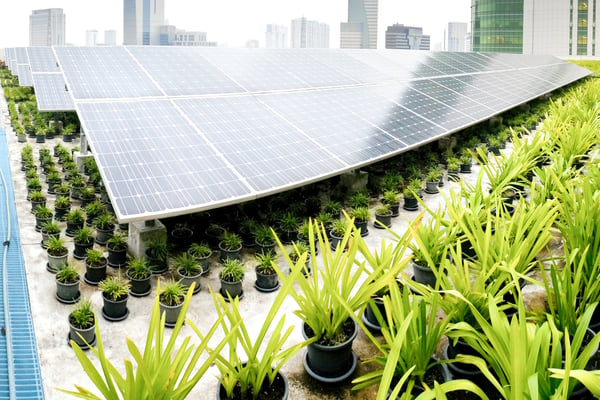
LEED is one of the most popular green building certifications, especially in North America, and it was developed by the US Green Building Council. To get a LEED rating, a building must meet several mandatory requirements, while scoring points under different performance categories:
- Location and Transportation
- Sustainable Sites
- Water Efficiency
- Energy and Atmosphere
- Materials and Resources
- Indoor Environmental Quality
- Innovation
- Regional Priorities
A building project must earn at least 40 points to become LEED Certified. There are also Silver, Gold, and Platinum certifications at minimum scores of 50, 60, and 80. The mandatory requirements must be met regardless of the score, or otherwise, the building cannot be certified.
BREEAM: Building Research Establishment Environmental Assessment Method
Published in 1990 by the UK Building Research Establishment, BREEAM was the first green building certification system in the world. BREEAM considers the following performance categories when scoring a building:
- Energy
- Health and wellbeing
- Innovation
- Land use
- Materials
- Management
- Pollution
- Transport
- Waste
- Water
The BREEAM scoring system uses six stars, which describe the performance level of the building: Acceptable (1), Pass (2), Good (3), Very Good (4), Excellent (5) and Outstanding (6). The Acceptable score (1 star) can only be obtained by existing buildings in use. For all other project types, the minimum score for certification is Pass (2 stars).
The WELL Building Standard
WELL is a unique certification because it focuses on occupant health and well-being, as implied by its name. There are performance requirements like in any building certification system, but these are based on creating ideal conditions for persons, giving less priority to the building itself. The current version of WELL (v2) considers the following performance categories:
- Air
- Water
- Nourishment
- Light
- Movement
- Thermal Comfort
- Sound
- Materials
- Mind
- Community
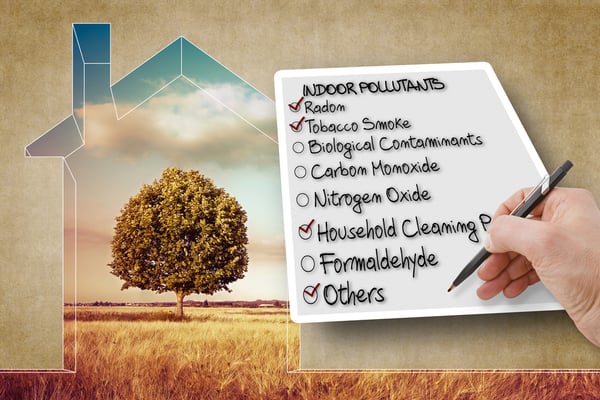
The WELL certification has mandatory preconditions just like LEED, and the building must then score at least 50 points to get certified. However, core and shell projects can get certified with only 40 points. The four certification levels are Bronze, Silver, Gold, and Platinum; which correspond to minimum scores of 40, 50, 60, and 80.
The first version of WELL was more stringent, with 41 mandatory preconditions and 59 optimizations to choose from. WELL, v2 is more flexible, reducing the preconditions to 23 and increasing the optimizations to 92.
CASBEE: Comprehensive Assessment System for Built Environment Efficiency
CASBEE is a green building certification that was developed by the Japan Sustainable Building Consortium (JSBC). CASBEE analyzes the performance of a building under four categories, which are used to calculate a metric called the Built Environment Efficiency (BEE):
- Energy efficiency
- Resource efficiency
- Local environment
- Indoor environment
The CASBEE certification provides four assessment tools for different stages of the building life cycle: Pre-Design, New Construction, Existing Building, and Renovation. CASBEE can also be applied at different scales: Housing, Building, Urban Development, and City.
Buildings can get five ranks based on their Built Environment Efficiency: C (Poor), B- (Slightly Poor), B+ (Good), A (Very Good) and S (Superior). CASBEE was originally developed to be used only in Japan, but there is growing interest in the certification internationally.
ENERGY STAR Certification
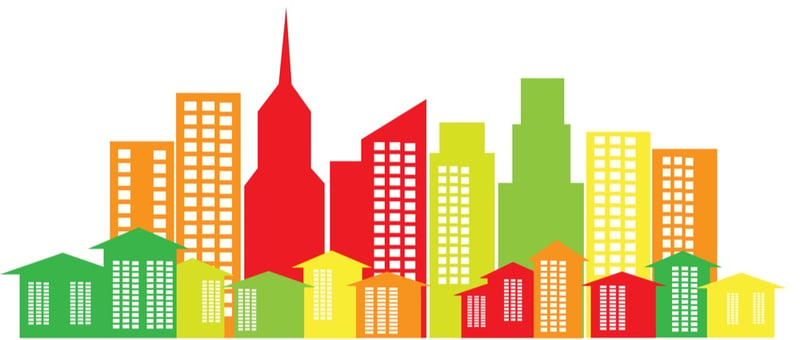
The ENERGY STAR program was created by the US Environmental Protection Agency. The certification is normally associated with energy-efficient products, but it can also be applied at the scale of whole buildings. Unlike other certification systems, ENERGY STAR focuses exclusively on energy efficiency:
- Building owners report energy consumption using a tool called the Portfolio Manager.
- The building’s energy efficiency is compared with others of the same type, under the same climate conditions.
- The ENERGY STAR score is a percentile. For example, a building with a score of 80 is in the top 20%, and a building with a score of 95 is in the top 5%.
- The minimum score for an ENERGY STAR Certified building is 75, which means it must be among the top 25% most efficient buildings of its type.
Building scores under ENERGY STAR are recalculated each year, based on the most recent performance data. This means that buildings must stay within the top 25% to keep the certification. Also, the data submitted must be validated by a Professional Engineer or Registered Architect.
Green Globes
The Green Globes certification was developed by the Green Building Initiative, using BREEAM as the main reference. Green Globes applies to both new construction and existing buildings, and it considers the following performance categories:
- Project management
- Energy
- Water
- Materials and Resources
- Emissions
- Indoor Environment
- Site
A building can earn up to 1000 points, and the minimum score for certification is 35%. There are four certification levels, which depend on the score obtained: One Green Globe (35-54%), Two Green Globes (55-69%), Three Green Globes (70-84%), and Four Green Globes (85-100%).
EDGE: Excellent in Design for Greater Efficiencies
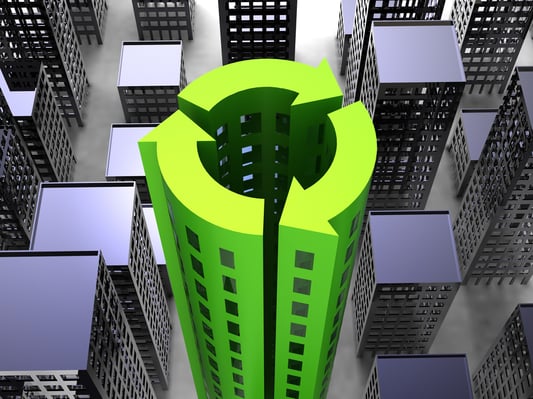
The EDGE certification was developed by the International Finance Corporation (IFC), and it focuses on three areas: direct energy consumption, water consumption, and embedded energy in construction materials. Instead of providing specific requirements, the EDGE certification requires a 20% reduction in the three performance areas.
There are two additional levels beyond EDGE Certified, which are achieved with improved performance. The EDGE Advanced level has the same requirements for water consumption and embedded energy, but energy consumption must be reduced by at least 40%. The next level is Zero Carbon, with the same requirements as EDGE Advanced, and the building must also become fully carbon neutral with renewable energy and carbon offsets.
The IFC developed EDGE to meet the needs of developing countries, where complex certifications with detailed requirements are more difficult to obtain.
NGBS: The National Green Building Standard
NGBS was developed by the National Association of Home Builders, and it focuses on residential properties such as single-family homes and apartments. NGBS covers six performance areas:
- Energy efficiency
- Water efficiency
- Resource efficiency
- Lot development
- Operation and maintenance
- Indoor environmental quality
The NGBS certification has four levels: Bronze, Silver, Gold, and Emerald. The certification level is determined by the project scores across the six performance categories.
Living Building Challenge
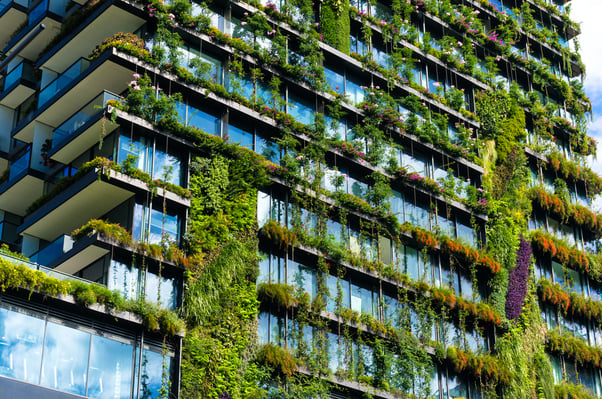
The Living Building Challenge is more demanding than other certifications since it has the goal of eliminating environmental impacts completely. To get the Living Building Certification, a project must meet 20 requirements (called Imperatives) divided into seven performance categories (called Petals):
- Place: Ecology, urban architecture, habitat exchange, human-scaled living
- Water: Responsible water use, net positive water
- Energy: Energy + carbon reduction, net positive energy
- Health and Happiness: Healthy interior environment, healthy interior performance, access to nature.
- Materials: Responsible materials, red list, responsible sourcing, living economy sourcing, net positive waste
- Equity: Universal access and inclusion
- Beauty: Beauty + biophilia, and Education + inspiration
The Petal Certification is a less demanding version of the Living Building Certification since it only requires 3 of the 7 categories. However, one of the categories must be Water, Energy, or Materials. The Living Building Challenge also includes the Core Green Building Certification, which only requires 10 of the 20 Imperatives, called the Core Imperatives:
- Ecology of place
- Human scaled living
- Responsible water use
- Energy + carbon reduction
- Healthy indoor environment
- Responsible materials
- Universal access
- Inclusion
- Beauty + biophilia
- Education + inspiration
In addition, projects can apply for a Zero Energy Certification or a Zero Carbon Certification. The Zero Energy Certification requires that buildings generate all their energy on-site, without using combustion. On the other hand, the Zero Carbon Certification establishes energy efficiency and carbon neutrality requirements.
Conclusion
Energy efficiency and other resource conservation measures mitigate the environmental impact of the building sector while reducing ownership costs. However, a green certification proves that the building has a sustainable design. Real estate developers can certify their projects to attract tenants, and corporations in general can improve public perception by certifying their buildings.
The building sector is responsible for 40% of global energy use and emissions, and sustainable construction can greatly reduce its environmental impact. Green buildings also make sense for businesses: they have lower ownership costs, and the improved indoor environment benefits human health and productivity.

Michael Tobias
Michael Tobias, the Founding Principal of NY Engineers, currently leads a team of 50+ MEP/FP engineers and has led over 1,000 projects in the US
Join 15,000+ Fellow Architects and Contractors
Get expert engineering tips straight to your inbox. Subscribe to the NY Engineers Blog below.



